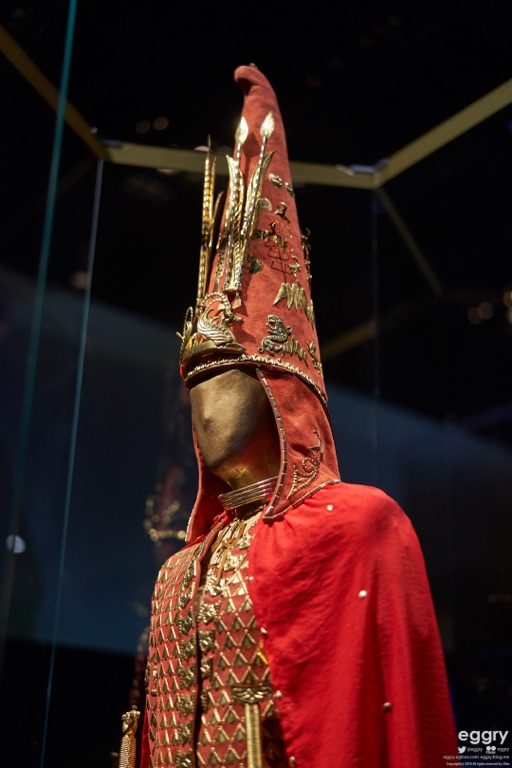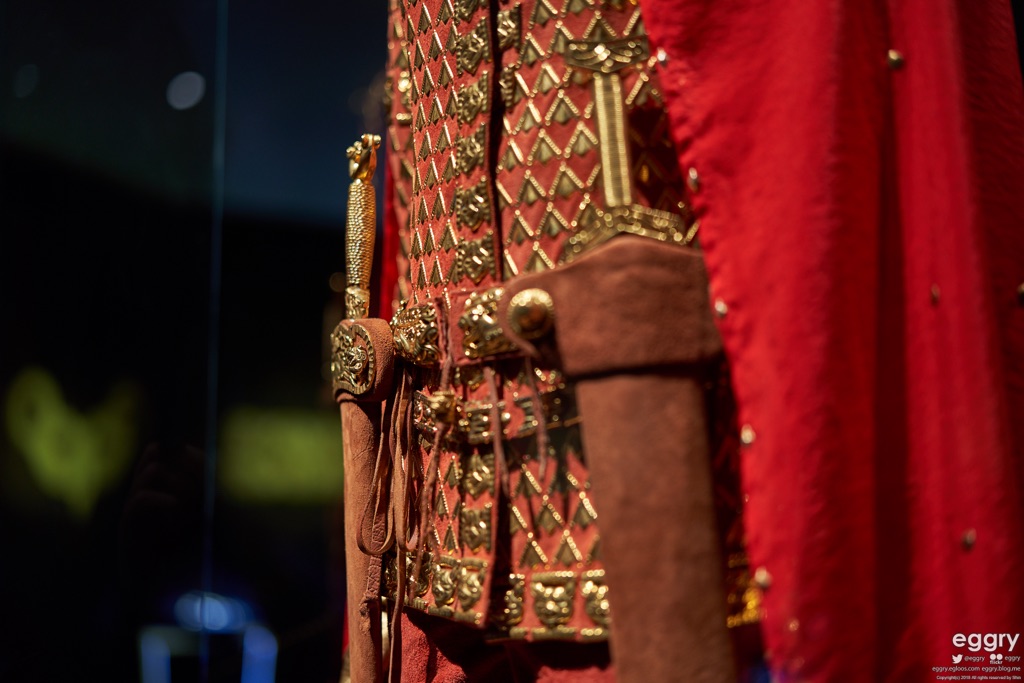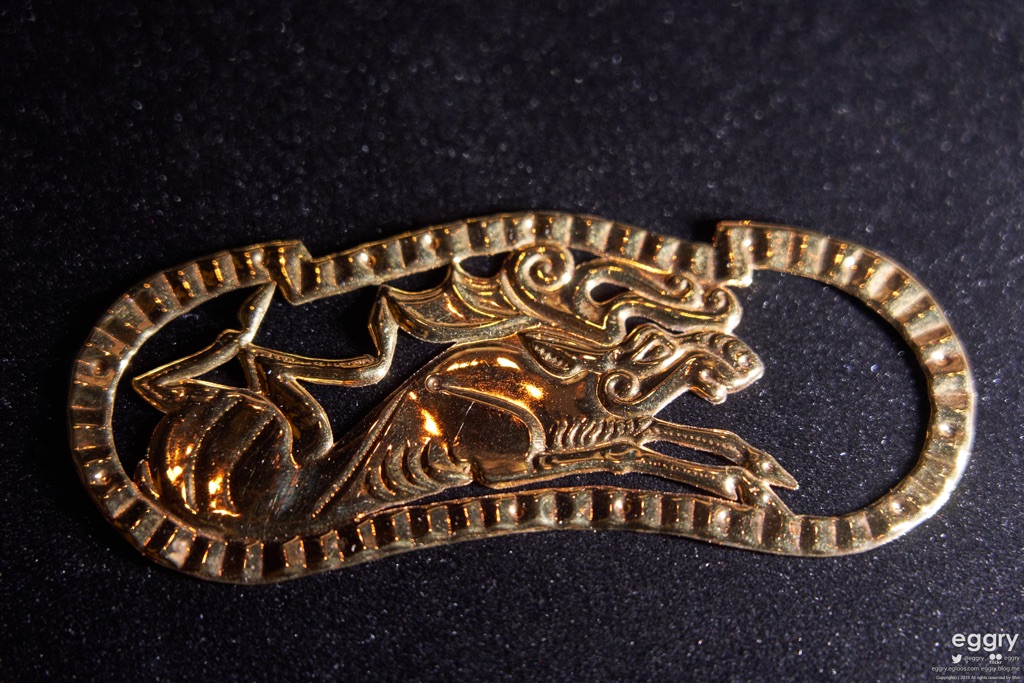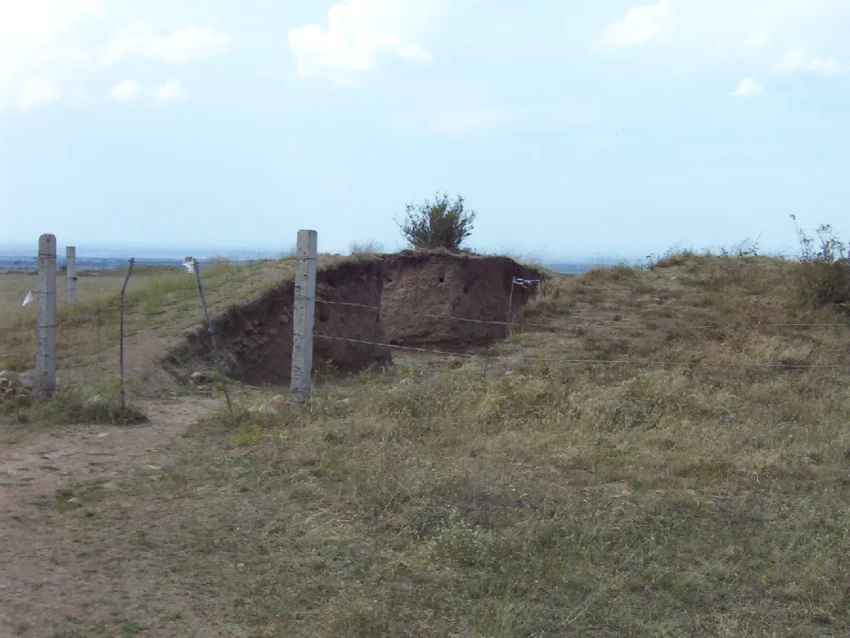The Issyk Kurgan is a burial mound located in the Issyk Valley of Kazakhstan. Discovered in 1969, it dates back to the 4th or 3rd century BC. The site is famous for the ‘Golden Man,’ a noble buried with a wealth of gold artifacts. These findings provide insight into the Saka culture, part of the wider Scythian civilization. The kurgan’s elaborate gold treasures and advanced craftsmanship highlight the sophistication of the Saka people.
Get your dose of History via Email
Historical Background of Issyk Kurgan
The Issyk Kurgan came to light in 1969 near Almaty, Kazakhstan. A Kazakh archaeologist, Kemal Akishev, led the excavation. The mound dates to the Saka period, around the 4th or 3rd century BC. The Saka were a nomadic people, part of the Scythian nomads. They roamed Central Asia, leaving behind rich burial mounds like Issyk.
Researchers believe that the Saka built the Issyk Kurgan. However, the identity of the ‘Golden Man’ remains a mystery. Some speculate he was a young prince or warrior. The kurgan has not been the scene of other historical events. Yet, it provides a window into the life and death rituals of the Saka people.
The ‘Golden Man’ is the most notable inhabitant of the Issyk Kurgan. His attire, adorned with gold, suggests high status. The kurgan itself reflects the Saka’s burial customs. These customs involved elaborate tombs for the elite. The site has not seen later habitation, preserving its original state.

The discovery of Issyk Kurgan was a significant archaeological event. It shed light on the Saka culture, previously known mainly through historical texts. The artifacts found within the kurgan have become symbols of Kazakh national identity. They also contribute to our understanding of Eurasian nomadic cultures.
Issyk Kurgan’s significance extends beyond its immediate discovery. It has become a touchstone for scholars studying the Eurasian steppes. The site’s artifacts are on display in Kazakhstan’s national museums. They serve as a testament to the region’s rich historical tapestry.
About Issyk Kurgan
Issyk Kurgan is an ancient burial mound, part of the Saka culture. The main tomb contained a wooden chamber. It was encased in a mound of earth and stone. The chamber held the remains of the ‘Golden Man’ and his treasures.
The ‘Golden Man’ was buried with over 4,000 gold ornaments. These included intricate jewelry, a headdress, and appliqués for clothing. The craftsmanship of these items is remarkable. They depict animals and mythical creatures, showcasing the Saka’s artistic skills.
The construction of Issyk Kurgan was a complex process. Builders used local materials, such as stone and wood. The mound’s size and the quality of the artifacts suggest the involvement of skilled artisans. The Saka’s burial practices were elaborate, reflecting their beliefs in the afterlife.

Architectural highlights of Issyk Kurgan include the tomb’s layout and the stone fence surrounding it. The fence is a feature of Saka burial architecture. It marks the boundary of the sacred space. The kurgan’s design and contents provide a glimpse into the Saka’s world.
The preservation of Issyk Kurgan has been a priority for Kazakh authorities. The site’s artifacts have undergone restoration. They are now part of the cultural heritage of Kazakhstan. The kurgan remains a significant archaeological site, offering insights into ancient Central Asian societies.
Theories and Interpretations
Several theories exist about the Issyk Kurgan and its ‘Golden Man.’ Some scholars suggest he was a young leader or warrior. This theory is based on the opulence of the burial goods. The presence of a weapon in the tomb supports this interpretation.
The purpose of the kurgan has been subject to interpretation. It likely served as a tomb for a person of high status. The elaborate nature of the burial suggests a belief in an afterlife. The Saka may have seen the kurgan as a bridge to the next world.

Mysteries surround the ‘Golden Man’ and the symbols on his garments. The animal motifs may represent Saka myths or religious beliefs. Scholars have matched some symbols to historical records of the Scythians. Yet, the full meaning of these symbols remains elusive.
Dating of the Issyk Kurgan has been carried out using various methods. Radiocarbon dating places the kurgan in the 4th or 3rd century BC. This aligns with the historical period of the Saka’s prominence in Central Asia.
The interpretations of Issyk Kurgan’s artifacts continue to evolve. As new research emerges, our understanding of the Saka and their culture deepens. The kurgan remains a focal point for studies on Eurasian nomadic societies.
At a glance
Country: Kazakhstan
Civilization: Saka (part of the Scythian civilization)
Age: 4th or 3rd century BC
Conclusion and Sources
Reputable sources used in creating this article include:
- Wikipedia: https://en.wikipedia.org/wiki/Issyk_kurgan

